The Connection Between Learning Gaps and Teacher Burnout
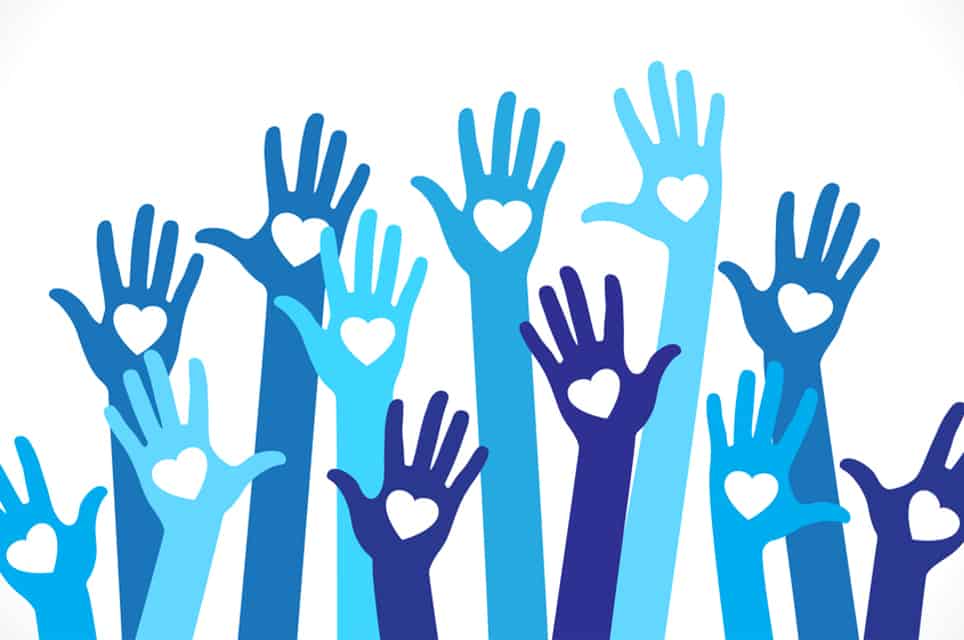
By: Sanam Edwards
On the last day of school, we typically pause to acknowledge the teachers departing our institution and share words of appreciation for the camaraderie shared during our time together. While this was usually a time of tears and laughter, we held our breath this year as the names of teachers exiting were announced. The list was long, and the anxious feelings in the pits of our stomachs solidified into gut-wrenching sorrow. Yet, many on the list had a passion for teaching and had no apparent reasons to resign.
When we had spoken during our collaboration meetings and coffee conferences, the same teachers often talked about learning gaps during the pandemic-hit session. We would have heated debates about whether school children lost out on their education or whether they had gained incredible rewards by continuing their learning online. A proponent for the latter, I was quite firm that though the completion of the curriculum was a task, the bond that I experienced with my students demonstrated growth. Any amount of progress could not equate to gaps in any sector. Where learners may have encountered difficulty in math or science, they built upon their social and emotional learning skills as we faced adversities collectively in the classroom. This year has been less about academia; rather, it has generated a sense of maturity and responsibility within our young ones.
After this meeting, I spoke to my educator friends and probed them on why they had taken this decision when jobs were scarce and lockdown raged on. They answered, “It wasn’t worth it.” Through our conversations, I gathered that teacher burnout had finally reached my inner circle, sowing seeds of frustration in others looking for a conduit to their repression. This school year had been tough on the families of teachers where they grimly carried on with their responsibilities despite Covid inflicted dear ones, exhaustion, and a heavy workload. They did it all (as teachers do) without complaining, but they could not see the light at the end of the tunnel when the second wave hit, and the chances of going back to school seemed bleak. “It is time to recharge,” they said. These teachers stressed that while we focus so much on SEL for students, teachers experience fatigue because they feel that they are not getting through to anyone.
This statement gave me pause- were learning gaps directly related to teacher burnout? Teachers who never thought of leaving finally did when they felt ineffective, and that the system wasn’t working for them. Had we felt the familiar elements of collaboration, small groups, and laughter in the hallways, would these teachers feel the same way?
I strongly suspect that teacher burnout comes from a sense of collapse and failure along with exhaustion. Educators invest themselves in the classroom ethos, and when they ‘perceive’ the learning gaps before them, they feel disillusioned with themselves and their profession. A sense of self-doubt creeps in, gnawing, wondering- why can’t I teach the way I used to? Teachers continually rise to the occasion, but 2021 had set the bar too high. A vicious circle forms, producing uncertain teachers and students who know and take advantage of it.
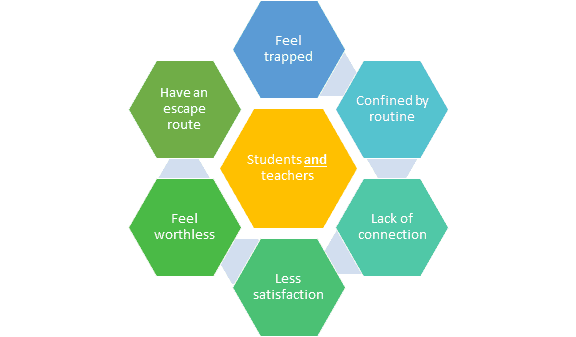
It stands to reason that if we become cognizant of learning loss or lack thereof, teachers will be better able to deliver the goods. They would be able to emotionally regulate themselves and pass on the very same skill to the students. After all, adults are not the only ones burning out it’s just that our young pupils do not use the same terms we do. They also feel the need to escape but are confined to routines and guidelines they cannot fight, much like we are. At the core of it all, great teachers will always be great teachers and students will always learn whether it was what we wanted them to or something else entirely. Every modest accomplishment is a success.
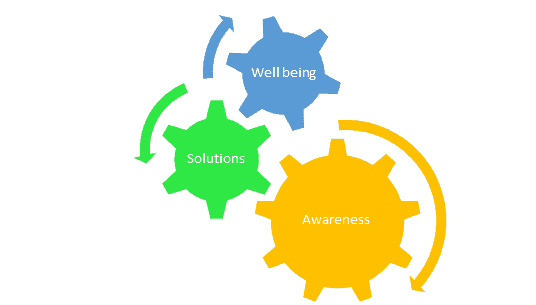
I often find myself grasping for familiar traits of face-to-face teaching when I realize that virtual learning or going back to school will be a whole new ball game. We inspire our students to remain motivated and powerful through obstacles, and we must heed our own advice. The connection between learning loss and teacher burnout is almost tangible but fragile under the reigns of insight and awareness. When we stop underlining learning loss and concentrate on the here and now, we can be mentally present teachers who believe that they can still make a difference and will continue to do so with zeal for a long time to come.
For more, see:
- Perfection vs Improvement: The Problem With Expecting Student Perfection
- Getting Clearer: Schooling Loss, Not Learning Loss
Sanam Edwards is an IB PYP facilitator at DPS International and avid blogger from Gurugram, Haryana, India.
Stay in-the-know with innovations in learning by signing up for the weekly Smart Update.



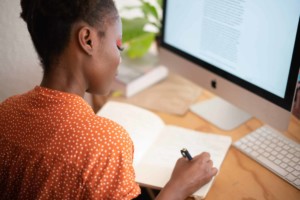
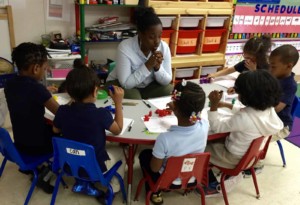
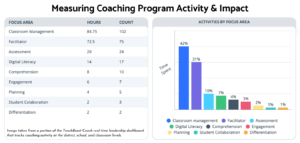
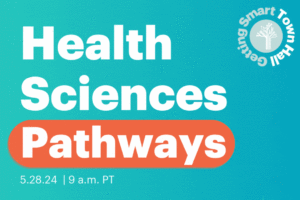
0 Comments
Leave a Comment
Your email address will not be published. All fields are required.